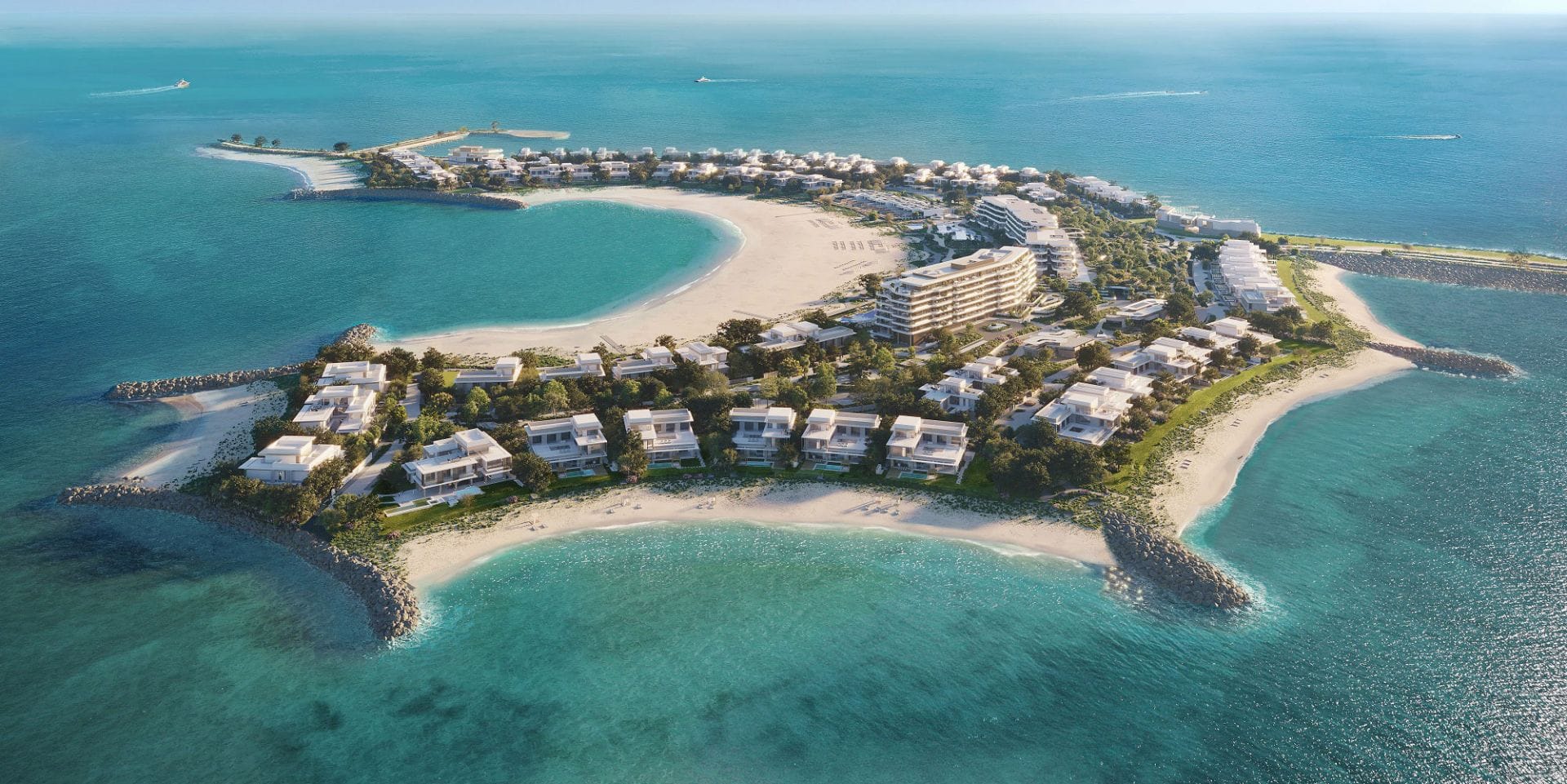When well-being becomes luxury
Wellness & luxury convergence in the Middle East is no longer a niche side-quest—it’s becoming the defining dimension of premium lifestyle in 2025. From cutting-edge beauty-tech clinics in Dubai to regenerative travel resorts on Saudi Arabia’s Red Sea coast, the region is embracing wellness as the new status symbol.
In the Gulf Cooperation Council (GCC) region, wellness-tourism spending is expected to grow at a compound annual growth rate (CAGR) of around 17% and reach US $1.4 trillion by 2027. Meanwhile, the Middle East is identified as one of the fastest-growing global regions for wellness travel and luxury retreats.
Why luxury brands are redefining wellness
Luxury in the Middle East used to mean bespoke gowns, high-end cars and glittering nights. But today it increasingly translates into health, mindfulness and self-investment. Here’s how brands and destinations are pivoting:
-
Beauty-tech meets prestige: In upscale clinics and spas across the UAE and Saudi Arabia, clients can access advanced diagnostics, personalised skincare and wellness protocols built around longevity. Some resorts now offer full-body scans and biomarker testing alongside signature facials.
-
Experiential luxury travel: Resorts such as the ultra-premium developments along Saudi Arabia’s Red Sea coast and eco-retreats in Oman are designed around wellness narratives—digital detoxes, holistic wellness programmes, heritage healing therapies.
-
Mindful surroundings: The location matters. Middle-East luxury resorts are leaning into natural landscapes (desert, sea, mountains) as part of their wellness appeal—quiet, minimal distractions, deep immersion.
-
Well-being as status: Affluent travellers and local high-net-worth individuals view wellness not just as escape but as investment in self. This elevates wellness into luxury category.
Region-specific highlights
Saudi Arabia: Large-scale tourism and wellness developments like Amaala Triple Bay on the Red Sea are projecting luxury wellness as core offering—combining resort living, spa retreats, and high-end travel.
UAE: In Sharjah, eco-luxury initiatives such as solar-powered trailers offering digital-detox retreats show how wellness is being embedded in luxury travel.
Wider MENA: According to the Global Wellness Institute, wellness-travel in the region is growing at double the pace of general tourism, supported by luxury resorts and high-end spa chains.
What this means for luxury lifestyle brands & travel-curators
Luxury brands and travel-experiences in the Middle East now need to think beyond “shiny object” offers. They must address two layers: „immediate indulgence“ and „long-term wellness value“. For example:
-
A beauty-brand launch in the Gulf might pair their product with a wellness retreat experience rather than just a glamour event.
-
Travel destinations should include wellness-programmes that speak to longevity, local heritage and tech-enhancement—not only poolside glam.
-
Media and content creators should highlight wellness credentials (therapies, heritage, design, tech) as part of the luxury narrative.
Challenges & opportunities ahead
Challenges:
-
Maintaining authenticity. Wealth and wellness means different things across cultures—brands must avoid wellness becoming cliché.
-
Balancing luxury & sustainability. Many retreats are high-end, high-impact. The pressure to align with eco-values is growing.
-
Localising experiences. Middle-East luxury wellness cannot simply replicate Western models—it must reflect regional nuance and culture.
Opportunities:
-
Digital wellness & beauty-tech. Personalised health protocols, diagnostics, smart spa-tech—these are premium differentiators.
-
Heritage-rooted wellness. Arab-wellness traditions (hammams, desert rituals, sea-healing) framed in luxury contexts are gaining traction.
-
Travel as wellness investment. With younger high-net-worth travellers, the definition of luxury is shifting toward meaningful, restorative journeys.




